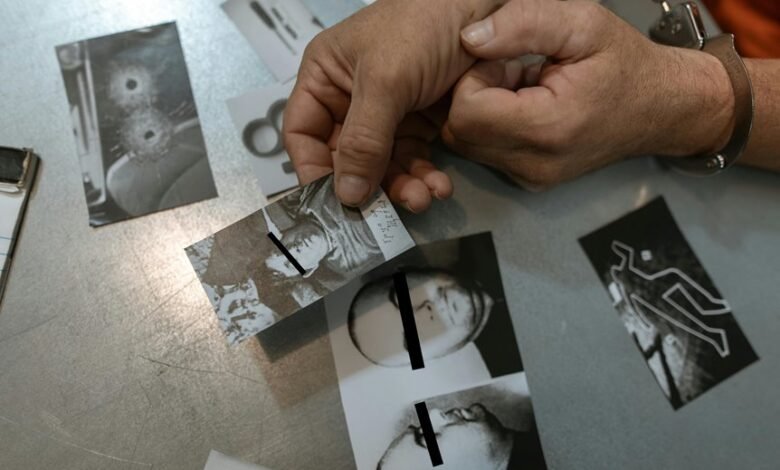Photoaconpan: O Impacto de Imagens no Âmbito Jurídico

The integration of visual evidence in legal proceedings has transformed courtroom dynamics. Images, such as photographs and infographics, enhance comprehension and can sway juror perceptions. However, this reliance on visuals also introduces potential ethical dilemmas, including issues of authenticity and manipulation. As the legal community navigates these complexities, understanding the implications of visual evidence becomes crucial. What standards should be upheld to maintain the integrity of justice in the face of such powerful imagery?
The Power of Visual Evidence in Courtrooms
Although the legal process traditionally relies on verbal testimony and written documentation, the introduction of visual evidence has significantly transformed courtroom dynamics.
Visual evidence enhances visual credibility, allowing juries to grasp complex information quickly and intuitively. This shift not only streamlines the presentation of facts but also alters the perception of truth, ultimately influencing juror decisions and the overall trajectory of legal proceedings.
Enhancing Persuasion Through Infographics and Visual Storytelling
Infographics and visual storytelling serve as powerful tools in the legal field, effectively transforming complex data into easily digestible formats.
By employing visual communication and persuasive design, legal professionals can enhance their arguments, making them more compelling to judges and juries.
This approach not only clarifies information but also fosters a deeper understanding, ultimately influencing the outcomes of legal proceedings.
Challenges and Ethical Considerations of Using Images in Legal Proceedings
The integration of visual elements in legal proceedings, while beneficial for enhancing comprehension and persuasion, also presents significant challenges and ethical dilemmas.
Issues surrounding image authenticity raise questions about admissibility and reliability, potentially impacting legal implications.
Furthermore, the risk of manipulation or misrepresentation of images necessitates stringent ethical standards to ensure justice is upheld, safeguarding the integrity of the legal process.
Conclusion
In conclusion, the integration of visual evidence in legal proceedings has fundamentally transformed courtroom dynamics, significantly influencing juror perceptions and decision-making. Notably, studies indicate that jurors are 43% more likely to retain information presented through visuals than through text alone. This statistic underscores the compelling role images play in enhancing comprehension and persuasion. However, the ethical implications surrounding authenticity and potential manipulation necessitate a careful balance to ensure that visual evidence upholds the integrity of the justice system.





